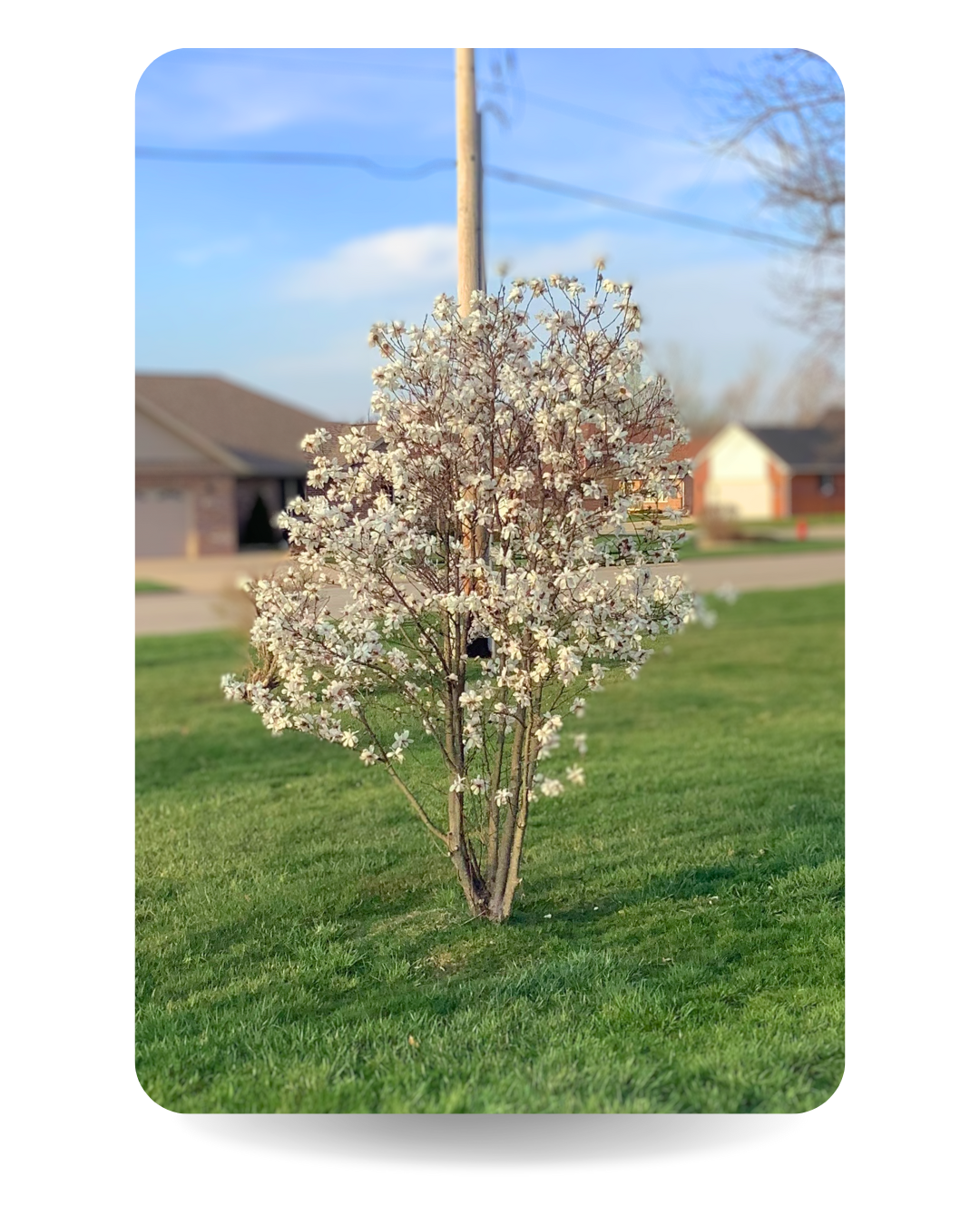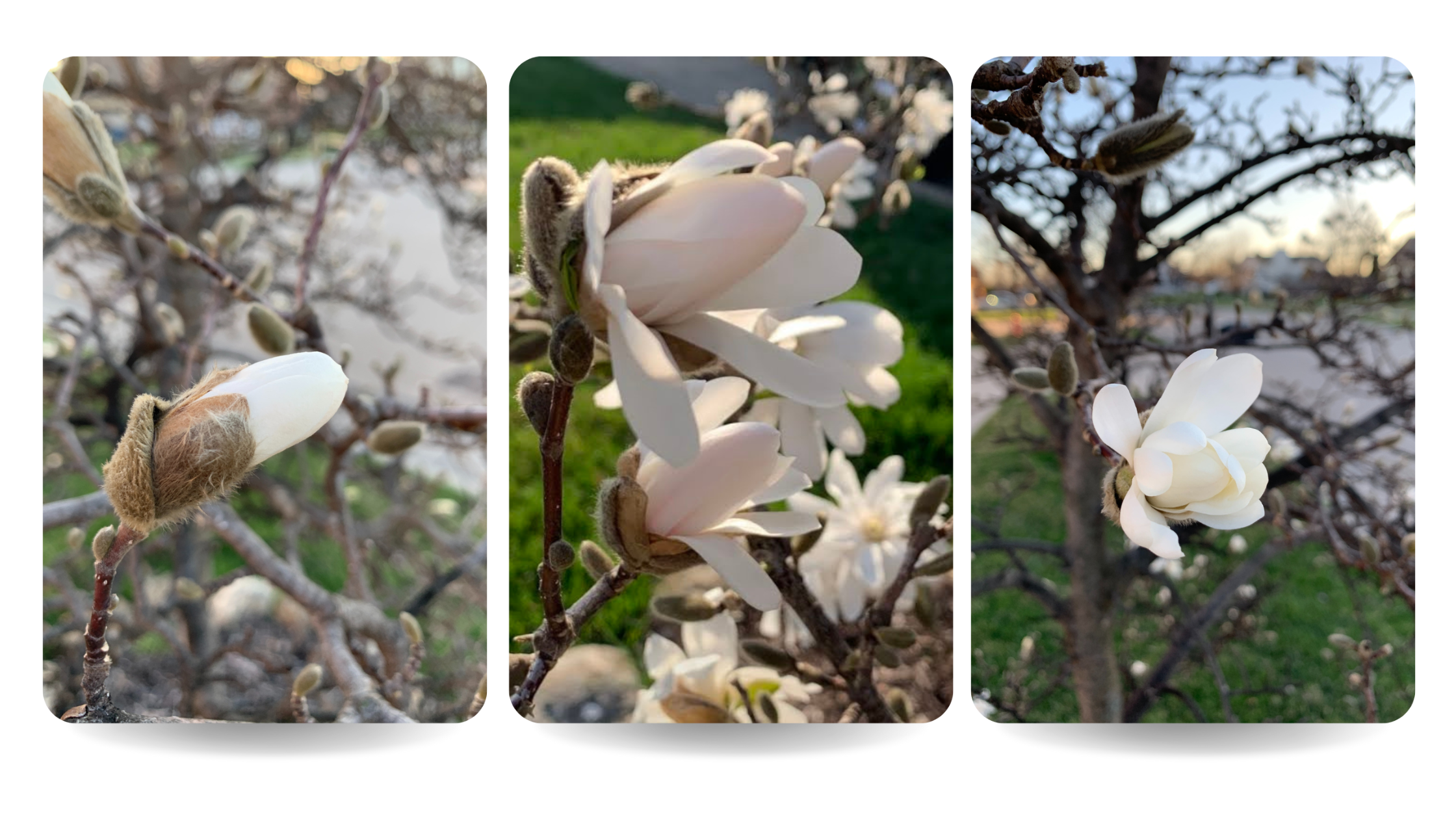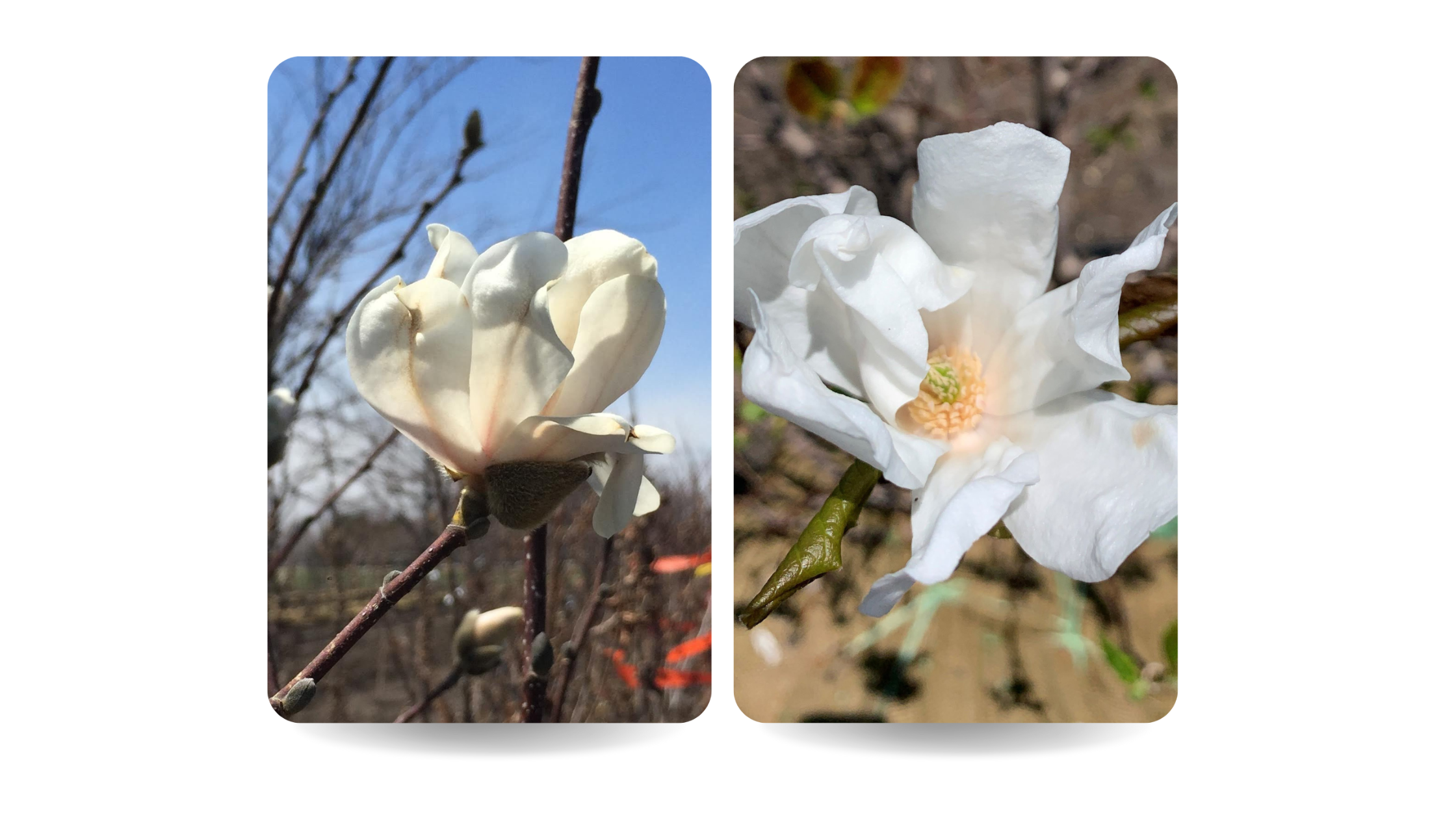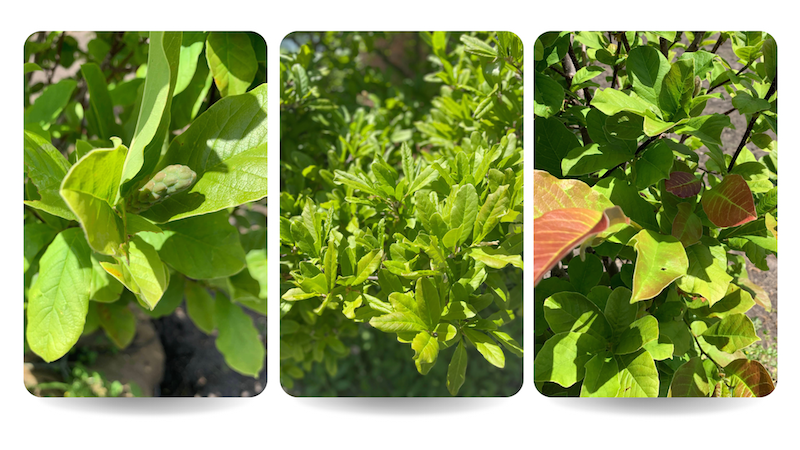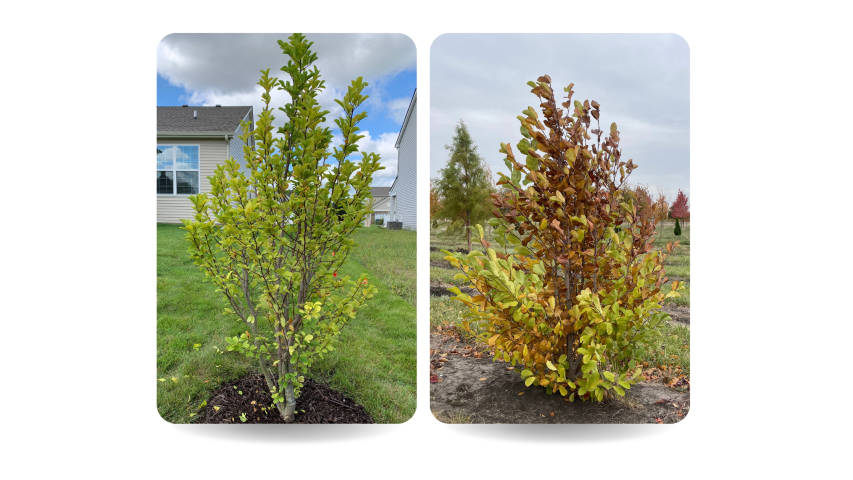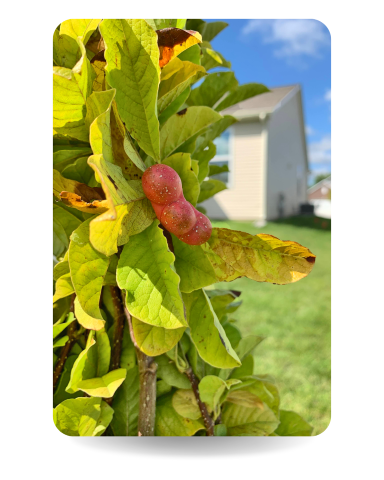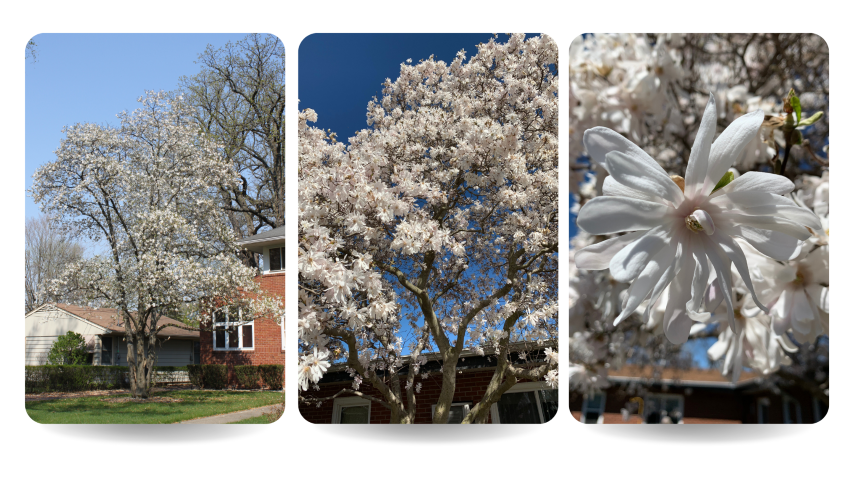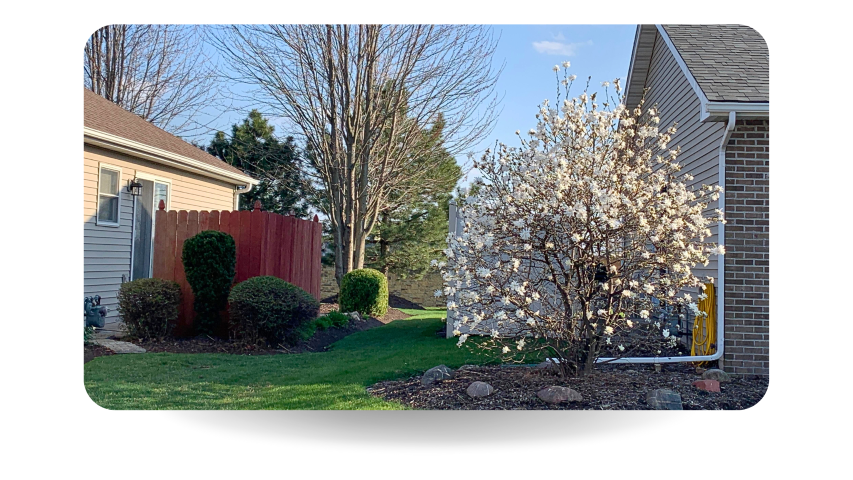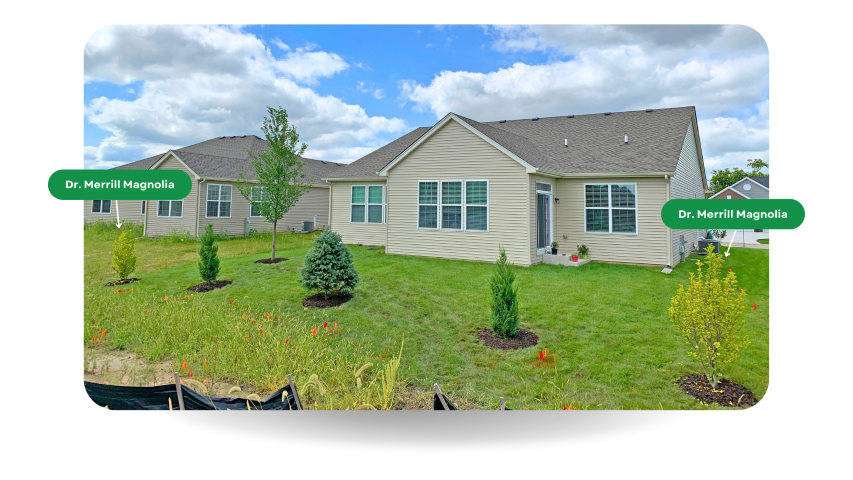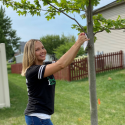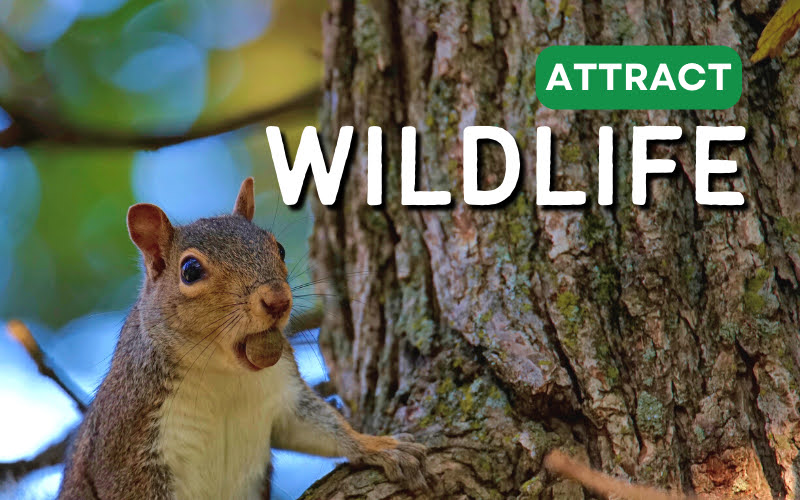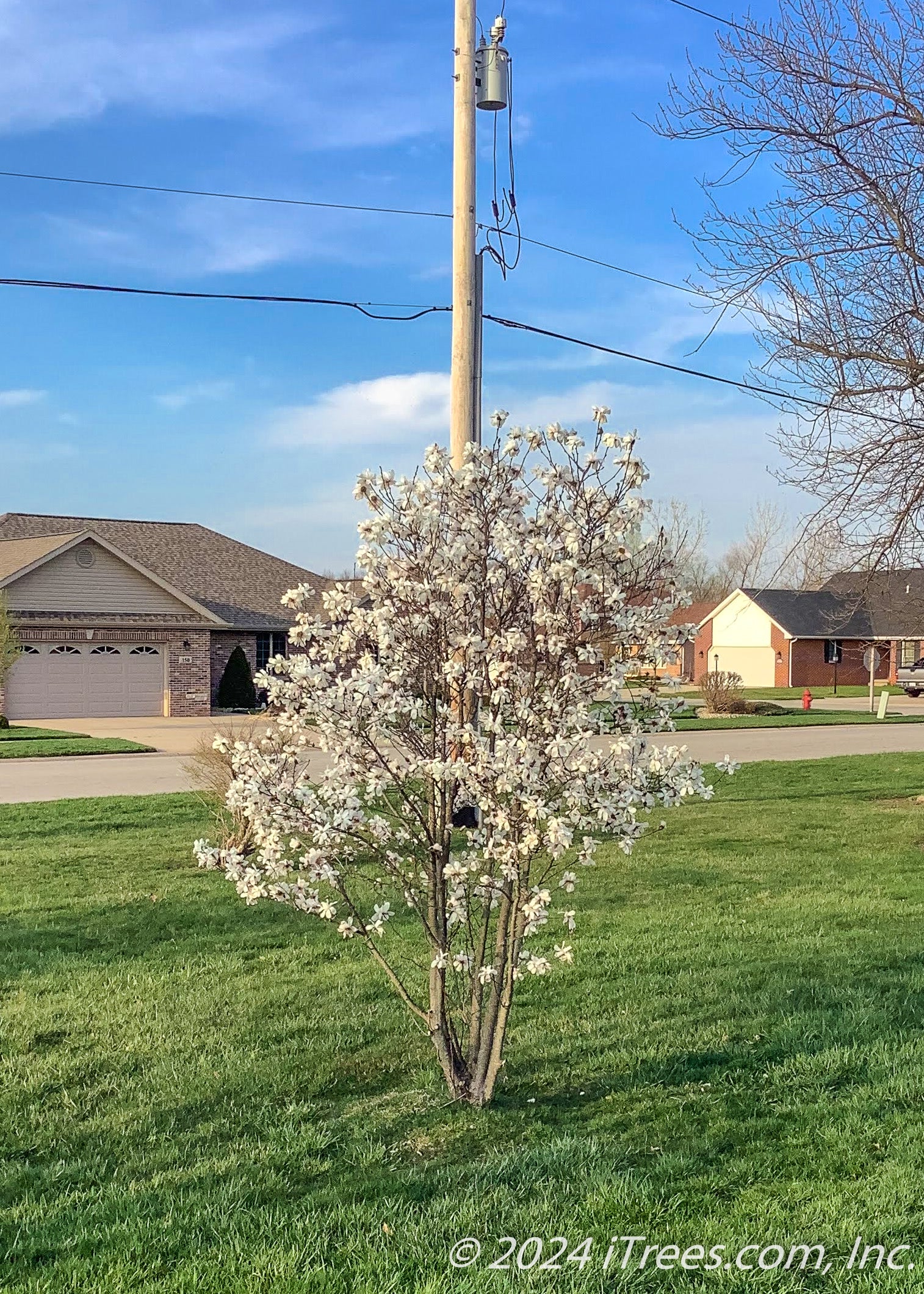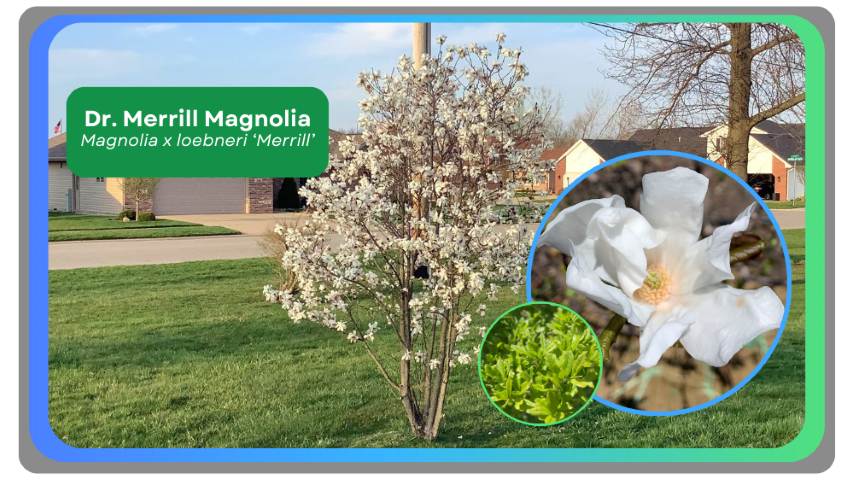
What is it?
Dr. Merrill Magnolia, Magnolia x loebneri ‘Merrill’ is a magnolia tree cultivar named after Harvard University botanist and professor Dr. Elmer Merrill and horticulturist Max Löebner. Dr. Merrill Magnolia is a hybrid of M. Kobus (Kobushi Magnolia) and M. Stellata (Star Magnolia). Both are native to Japan. Max Löebner completed the first successful cross of these two species in the early 1900s. However, it was not until after Dr. Merill retired that a student under his successor, Karl Sax, hybridized the two species successfully. Thus, making the cultivar Dr. Merrill Magnolia that we all know and love today.
It has become one of the most popular and trusted varieties due to its beauty, reliability, and toughness.
What do we love about it?
Oh, that classic magnolia tree vibe. Magnolia buds begin to swell in late winter. Buds have a fuzzy outer layer, which acts like a warm winter coat that protects them from harsh winter conditions. Soft white to pinkish petals emerge in early spring and unfurl large white flowers with yellow centers. Dr. Merrill Magnolia is one of the first flowering trees of springtime to see in bloom in the Chicagoland area. After our notorious long cold winters, its heavily coated branches of frothy white flowers are a breath of fresh air.
After this tree finishes its bloom cycle, rich shiny bright green leaves emerge. New leaves can have a red tinge.
The leaves are uneventful in the fall, turning a yellow-brown before falling off.
Seeds are almost otherworldly looking— Large pink to red pods appear in late summer and persist throughout fall.
In its adolescent years, it does appear more shrub-like. However, as this tree matures, it will grow to about 25-30 ft tall and 25-30 ft wide with an attractive round shape. Dr. Merrill Magnolia will grow large enough to offer some shade.
Where should you plant it?
This tree is where form meets function. Useful for privacy, and it is oh so beautiful! Dr. Merrill Magnolia goes well with other plantings. We can plant it for you in landscape beds around the house, along property lines for privacy & screening, or as a stand-alone accent in the yard.
Learn more about this tree here.
Resources:
'Merrill' Loebner Magnolia - Arnold Arboretum. © 2023 The President and Fellows of Harvard College. Available at: https://arboretum.harvard.edu/plant-bios/merrill-loebner-magnolia/ (Accessed: 04 August 2023).


